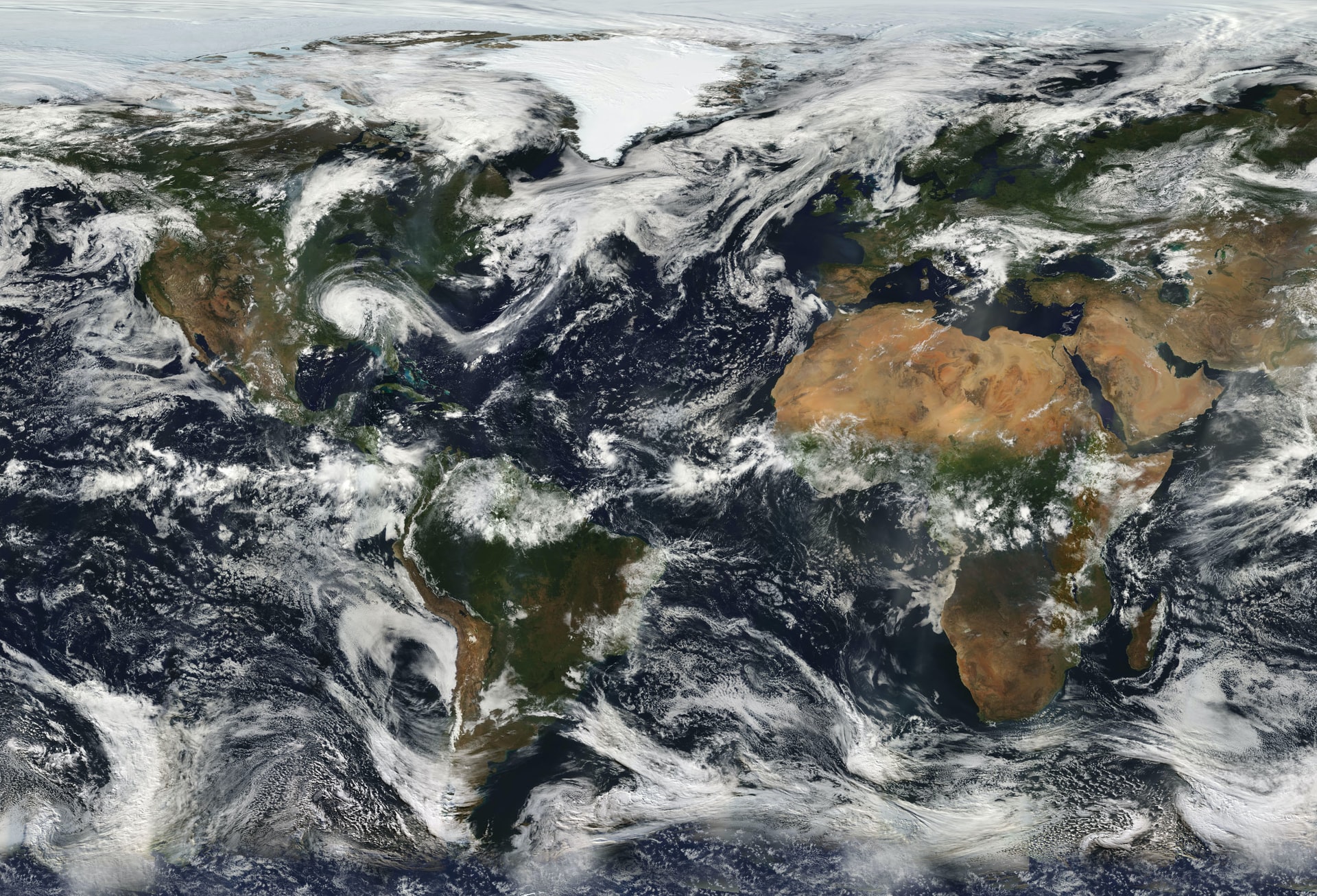Media release
From:
85% of the world’s population lives in areas experiencing the effects of climate change attributable to human activity, according to a paper published in Nature Climate Change. These findings were revealed by combining a new machine learning approach that reviewed over 100,000 climate impact studies with an analysis of global observations of detectable environmental signals of human-induced climate change.
The evidence base for the impacts of climate change is growing. Systematic reviews permit the structured analysis of the literature in a comprehensive, transparent manner. However, they are often limited in terms of the specificity of the questions that can be asked and the number of studies that can be evaluated.
To counteract these potential limitations, Max Callaghan and colleagues used a machine learning approach to conduct an extensive literature search on observed climate impacts. This model allowed for the identification and classification of 102,160 studies covering a broad range of climate change impacts across all continents. These studies were used to produce an evidence map of climate change impacts, which was then compared to location-specific human-attributable trends in surface temperature and precipitation. The model revealed that 85% of the world’s population — covering 80% of the land surface of the planet — is exposed to the human-induced impacts of climate change. The authors also quantify what they refer to as an ‘attribution gap’, whereby high-income countries were found to have twice the level of robust evidence for the human-attributable impacts of climate change as compared to low-income countries.
The authors conclude that this two-step approach represents a new model for the comprehensive assessment of the impacts of climate change across human and natural systems.



 International
International



